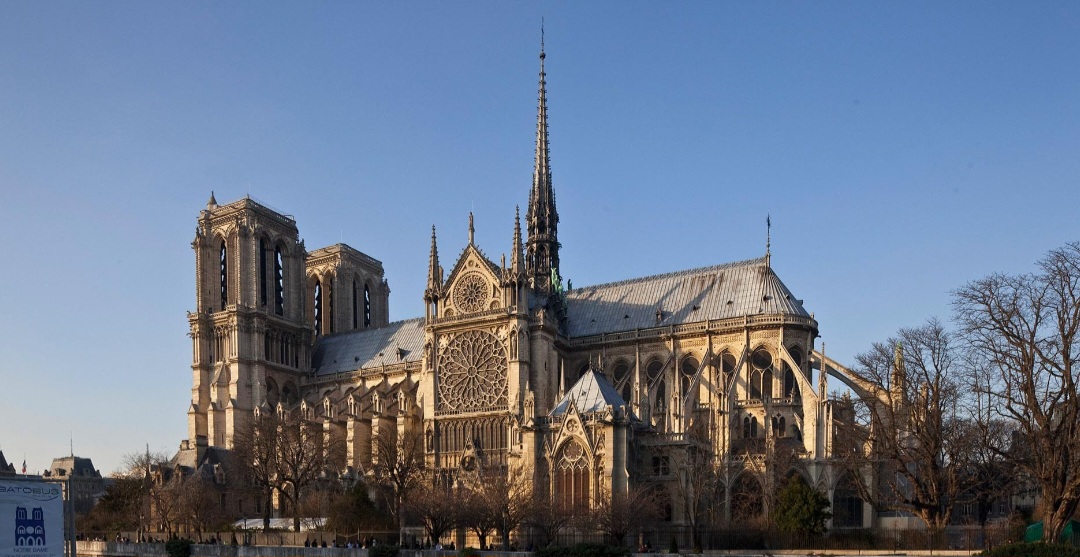
Art Basel Qatar announced the appointment of Egyptian-born artist Wael Shawky as Artistic Director for the first edition of the fair.

The mayor of Paris Anne Hidalgo and the Municipal Council unanimously voted to rename a square near the Pont Neuf in honor of Christo and Jeanne-Claude, according to a message on the Facebook page maintained by the foundation managing their legacy.

From October 17, 2025 to March 2, 2026, the Fondation Louis Vuitton will present a major retrospective of works by Gerhard Richter — one of the most influential contemporary artists — born in Dresden in 1932. He fled East Germany for Düsseldorf in 1961 before settling in Cologne, where he currently lives and works.

Adrian Abela, Charlie Cauchi and Raphael Vella shall be representing Malta at the prestigious Biennale di Venezia International Art Exhibition in 2026.

A 2,200-year-old bronze statue of a woman, accidentally discovered by fishermen off the coast of Marmaris in the southwestern province of Muğla five years ago, has been unveiled to the public for the first time.

UK Prime Minister Keir Starmer and French President Emmanuel Macron are expected to announce that the Bayeux Tapestry will come to the UK in 2026, opening access and providing education opportunities for millions of people.

Sir Brian Clarke, widely regarded to be the most important artist working in stained glass today, has died aged 71 on July 1.

The Foundation Board of ALIPH – the International alliance for the protection of heritage – met recently in Nicosia, at the invitation of the Republic of Cyprus, an ALIPH member since 2023.

Throughout summer 2026, Kew Gardens will welcome a once-in-a-generation presentation of artworks by Henry Moore, one of the most influential and internationally recognised artists of the 20th century.

The world's first museum dedicated to forbidden artworks closes its doors on Friday just a year and half after it opened in Barcelona.

Ukraine's Intelligence has published information about 110 cultural valuables that Russians have stolen during illegal archaeological excavations in occupied Crimea from 2014 to 2025.

The Bank of England is asking the public to give their views on what theme they would like to see represented in the design of the next series of banknotes.

Notre-Dame Cathedral in Paris has welcomed more than 6 million visitors since it's reopening in December according to figures published Sunday.

Phil Collins, Sinisa (Blue), 2003, lightjet print mounted on aluminium, 50 x 60 cmEvery week, Art to Collect by ArtDependence brings together an exceptional curation of works that reflect the pulse of contemporary art today, offering collectors, both new and seasoned, a window into some of the most compelling creative practices around the world.
Feature image: Phil Collins, Sinisa (Blue), 2003, lightjet print mounted on aluminium, 50 x 60 cm

In the course of a collaboration with the University of Baghdad, LMU’s Enrique Jiménez has rediscovered a text that had been lost for a thousand years.

London-based artist Sophia Al-Maria has been announced as the recipient of the 2025 Frieze London Artist Award. The award – in partnership with Forma – offers an early- or mid-career artist the opportunity to realise an ambitious new commission at Frieze London.

A new museum dedicated to Hector Guimard is due to open in Paris in 2027. Guimard was the architect for the Art Nouveau-style entrances to the metro.

An iconic statue in Aleppo’s central Saadallah Al-Jabiri Square has been destroyed ‘accidentally’ after an attempt to remove it, leading to widespread outrage.

The Australia Council Board of Creative Australia today released the external report into its governance, decision-making and risk management processes in relation to Australia’s participation in the 2026 Venice Biennale.

Fat is a very valuable food component, packed with calories, especially important when other resources might be scarce. Our earliest ancestors in Africa already cracked open bones to extract the fatty marrow from bone cavities. A study published in Science Advances demonstrates that our distant cousins, the Neanderthals, pushed fat extraction from bones quite a bit further.